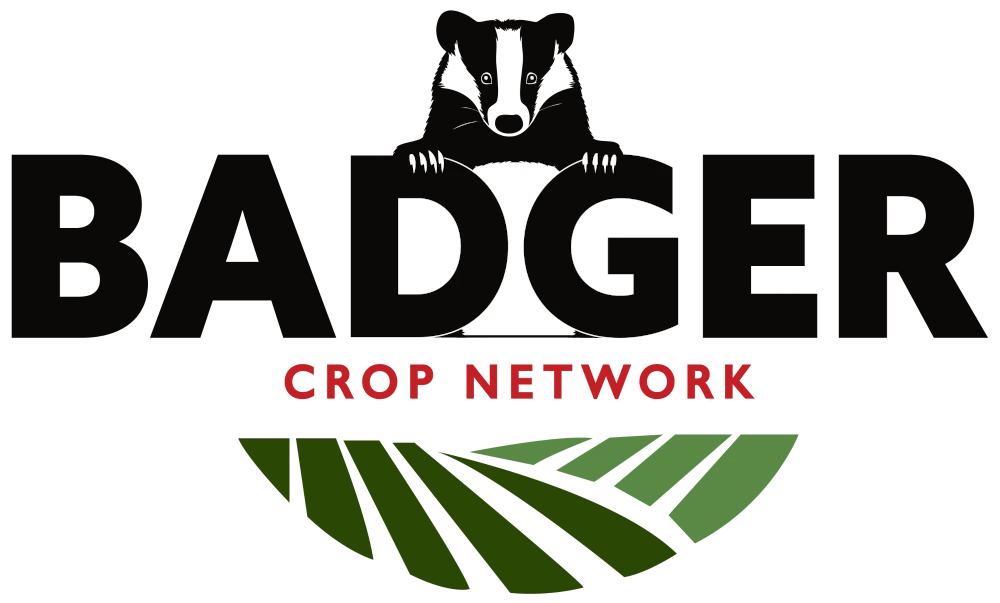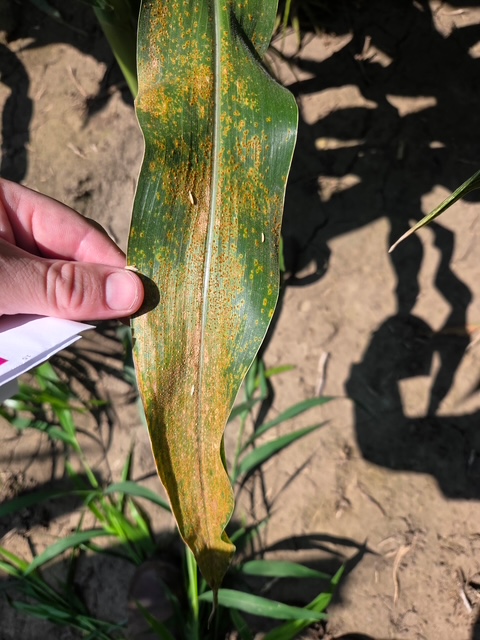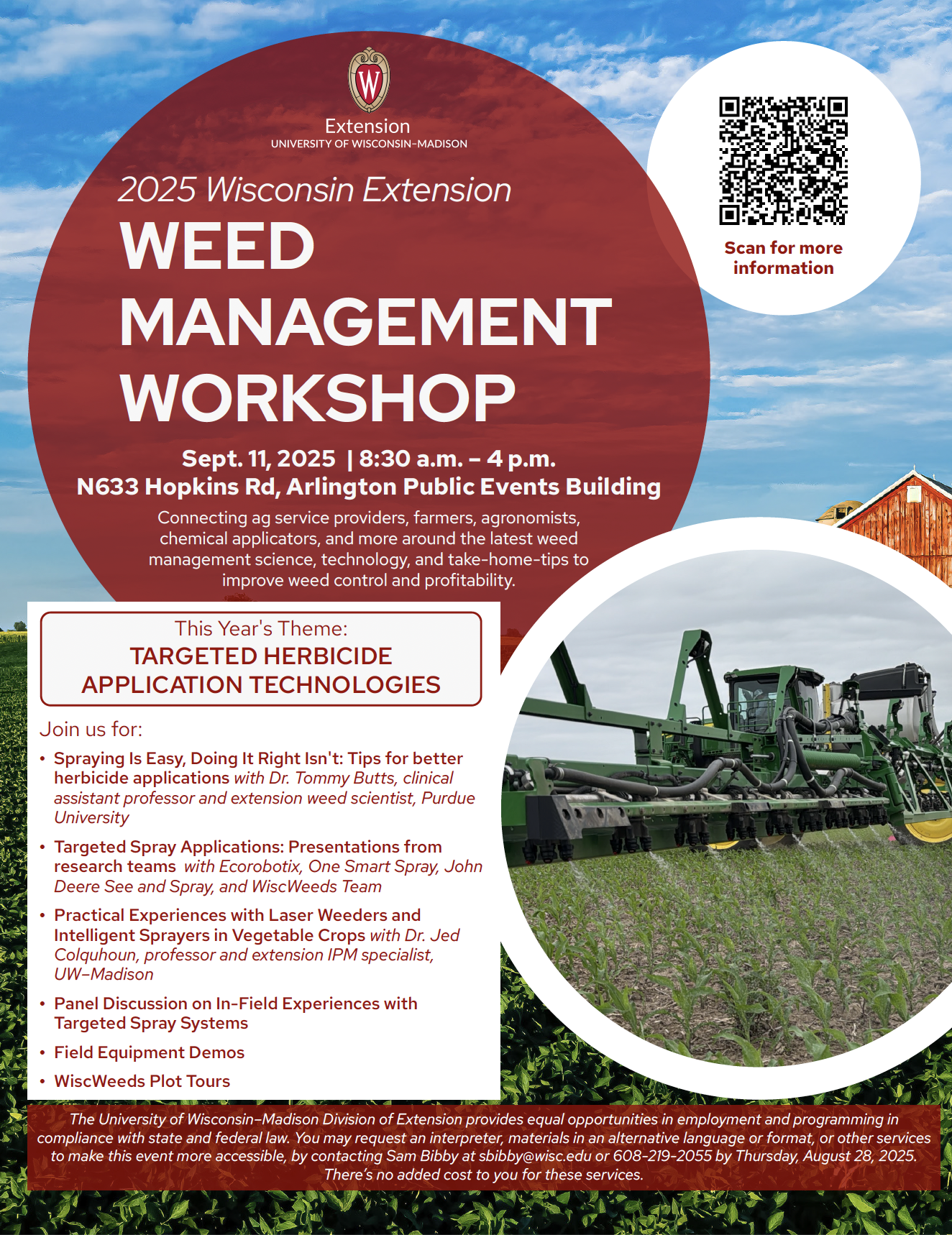Sarah C. De Souza, M.S. Student, Department of Plant Pathology, University of Wisconsin-Madison
Shawn P. Conley, Professor and Extension Specialist, Department of Plant and Agroecosystem Sciences, University of Wisconsin-Madison
Damon L. Smith, Professor and Extension Specialist, Department of Plant Pathology, University of Wisconsin-Madison
Overview
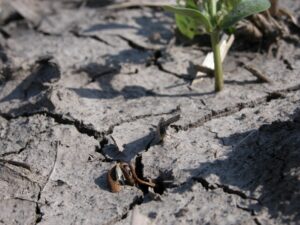
Figure 1. Seedling damping off caused by a water mold
Root and stem rot in soybeans is caused by water molds like Phytophthora sojae and Pythium species. These pathogens can stay in the soil for years and thrive in wet, poorly drained, and heavy clay soils. Symptoms include seed and root rot, seedling damping-off (Figure 1), brown stem lesions, stunted growth, wilting, yellow leaves, and plant death. Severe cases can lead to large patches of dead plants, requiring replanting (Figure 2).
Importance in Wisconsin
In Wisconsin, environmental conditions during soybean planting are oftens conducive for water mold infection. In 2022 and 2023, soil samples from 39 counties were screened for water mold species. A total of 33 species were identified throughout Wisconsin (Figure 3A). While P. sojae pathotypes 1a, 1c, 1d, 1k, and 3b were collected in Clark and Sheboygan counties, equally destructive Pythium species were widely documented across Wisconsin.
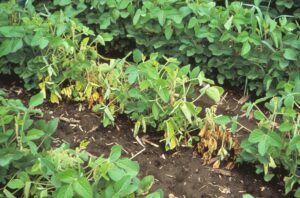
Figure 2. Patches of dead plants caused by water molds
It was observed that species compositions and occurrence changed across counties and the years sampled, suggesting that water mold species collected from counties located geographically closer to each other, and collected in the same year, were more similar (Figure 3B). The reason for this is that these areas are influenced by similar weather patterns, have similar textured soils, and farmers plant similar soybean cultivars.
Management of Root and Stem Rot
Management of root and stem rot caused by water molds in soybeans can be achieved through various strategies, including cultural practices, resistant cultivars, and fungicide seed treatment.

Figure 3. Oomycete population status in Wisconsin. (A) Total oomycete counts across 39 counties in Wisconsin during 2022 and 2023. (B) Similarity in oomycete community composition among counties.
Cultural practices
In areas with a history of disease caused by P. sojae or one of the other water molds, it is recommended to avoid planting soybeans into cold and wet soils, especially right after heavy rains in compacted or heavy clay soils, and in areas prone to flooding.
Resistant cultivars
Complete resistance is available to control P. sojae through the deployment of cultivars containing an Rps gene. However, the extensive deployment of Rps1a, Rps1b, Rps1c, and Rps1k in commercial cultivars in Wisconsin in the past 10 years (Figure 4) enabled the development of races of P. sojae that can overcome these genes, resulting in no control when soybean cultivars containing these genes are deployed. We strongly advise planting soybean cultivars that carry the Rps3a gene, accompanied by other disease management strategies such as the cultural control practices mentioned previously. To increase protection against other races of P. sojae and water molds in general, deployment of partially resistant or tolerant varieties is strongly recommended, although sourcing such varieties can be difficult.

Figure 4. Deployment of Rps genes in soybean commercial cultivars carrying the Rps1a, Rps1c, Rps1k, Rps3a, and Rps6 genes reported in the Wisconsin Variety Trials from 2015 to 2024. Data available on Cool Beans, Variety Trials Results (https://coolbean.info/soybean-research/variety-trial-results/)
Fungicide seed treatments
Since complete resistance efficacy is race-specific, and partially resistant varieties do not offer protection during early soybean growth stages, deploying fungicide seed treatments can be a valuable additional disease management tool. Fungicide seed treatments tend to provide broad spectrum control for an array of water mold species at planting until about 30 days after planting.
Seed treatments using the fungicides metalaxyl and mefenoxam (Fungicide Resistance Action Committee; FRAC group 4), are widely deployed against water mold species in soybeans and corn. However, extensive use of these active ingredients has led to pathogen resistance and loss in efficacy.
Alternatively, newer active ingredients such as ethaboxam (FRAC group 22), oxathiapiprolin (FRAC group 49), and pixarbutrazox (FRAC group U17) may be incorporated into fungicide seed treatment against oomycete species to increase the protection spectrum and reduce pathogen resistance development.
To learn more about what your seed treatment is comprised of, consult the “What’s on your Seed” chart. To understand the efficacy of the products in your seed treatment against various pathogens, consult the “Fungicide Efficacy for Control of Soybean Seedling Diseases” chart. If you used a seed treatment this season and the stand still looks thin, check out some of the reasons in the “Seed Treatments: Questions that Emerge When Plants Don’t” article.
